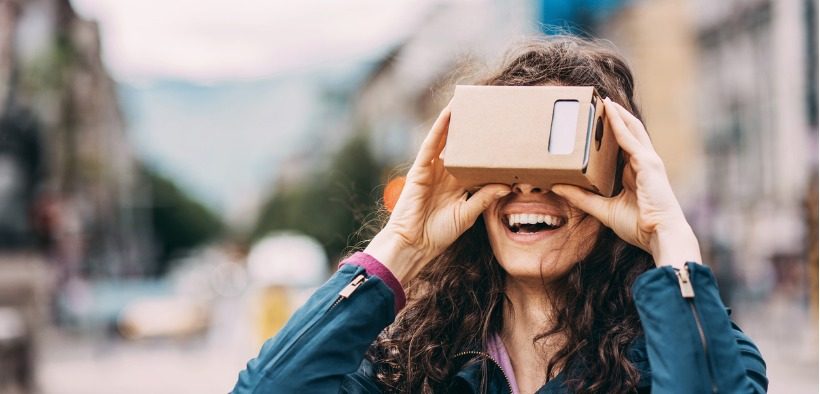The terms “virtual,” “augmented,” and “mixed” reality have been thrown around a lot lately in education, leaving many instructors understandably perplexed over their different meanings. Worse yet, discussions of these concepts often fail to adequately disconnect them from their gaming origin, making one wonder whether they have useful applications to education. The good news is that there are many educational uses of these applications, and a world of free educational content available to instructors. Better yet, most of these applications do not require expensive goggles or other equipment for making or viewing content.
Related Articles
I have two loves: teaching and learning. Although I love them for different reasons, I’ve been passionate about...
Active learning is a mostly meaningless educational buzzword. It’s a feel-good, intuitively popular term that indicates concern for...
Perhaps the earliest introduction a student has with a course is the syllabus as it’s generally the first...
Generative AI allows instructors to create interactive, self-directed review activities for their courses. The beauty of these activities...
I’ve often felt that a teacher’s life is suspended, Janus-like, between past experiences and future hopes; it’s only...
I teach first-year writing at a small liberal arts college, and on the first day of class, I...
Proponents of rubrics champion them as a means of ensuring consistency in grading, not only between students within...








